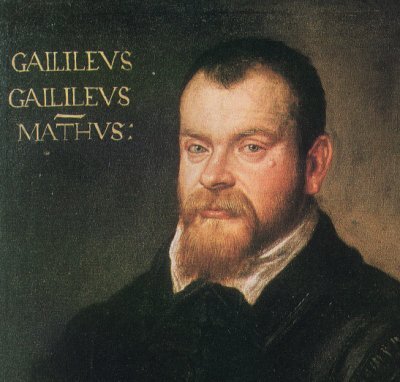Safety tips for observing the Sun
If you are thinking of viewing the Sun, your first concern should always be eye safety. Serious eye damage can result from even a brief glimpse of our nearest star.
Never look directly at the Sun with the naked eye or with any unfiltered optical device, such as binoculars or a telescope.

Galileo looked at the Sun through a telescope 400 years ago and suffered permanent eye damage. If it happened to the great Galileo, it can happen to you!
One safe way to observe the Sun is to project an image of it through a telescope or binoculars onto a white screen or any other plain surface. If you do this with a telescope, be sure that any small finder telescope is capped. If you're using binoculars, keep the cover on one of the two tubes.
On the screen you project on, the disc of the Sun should appear as a bright circle of light. Adjust the distance between the screen and the telescope until the disk is about the size of a small plate. The image will probably be blurred; focus your telescope until the circle becomes sharp. Using this method you can see considerable detail, including sunspots.
During a solar eclipse, you should still be wary of looking at the Sun directly. Unless the Sun is fully eclipsed, you will need an appropriate type of welder’s glass or special Mylar glasses to safely observe it. Never use normal sunglasses!















 Germany
Germany
 Austria
Austria
 Belgium
Belgium
 Denmark
Denmark
 Spain
Spain
 Estonia
Estonia
 Finland
Finland
 France
France
 Greece
Greece
 Hungary
Hungary
 Ireland
Ireland
 Italy
Italy
 Luxembourg
Luxembourg
 Norway
Norway
 The Netherlands
The Netherlands
 Poland
Poland
 Portugal
Portugal
 Czechia
Czechia
 Romania
Romania
 United Kingdom
United Kingdom
 Slovenia
Slovenia
 Sweden
Sweden
 Switzerland
Switzerland


























